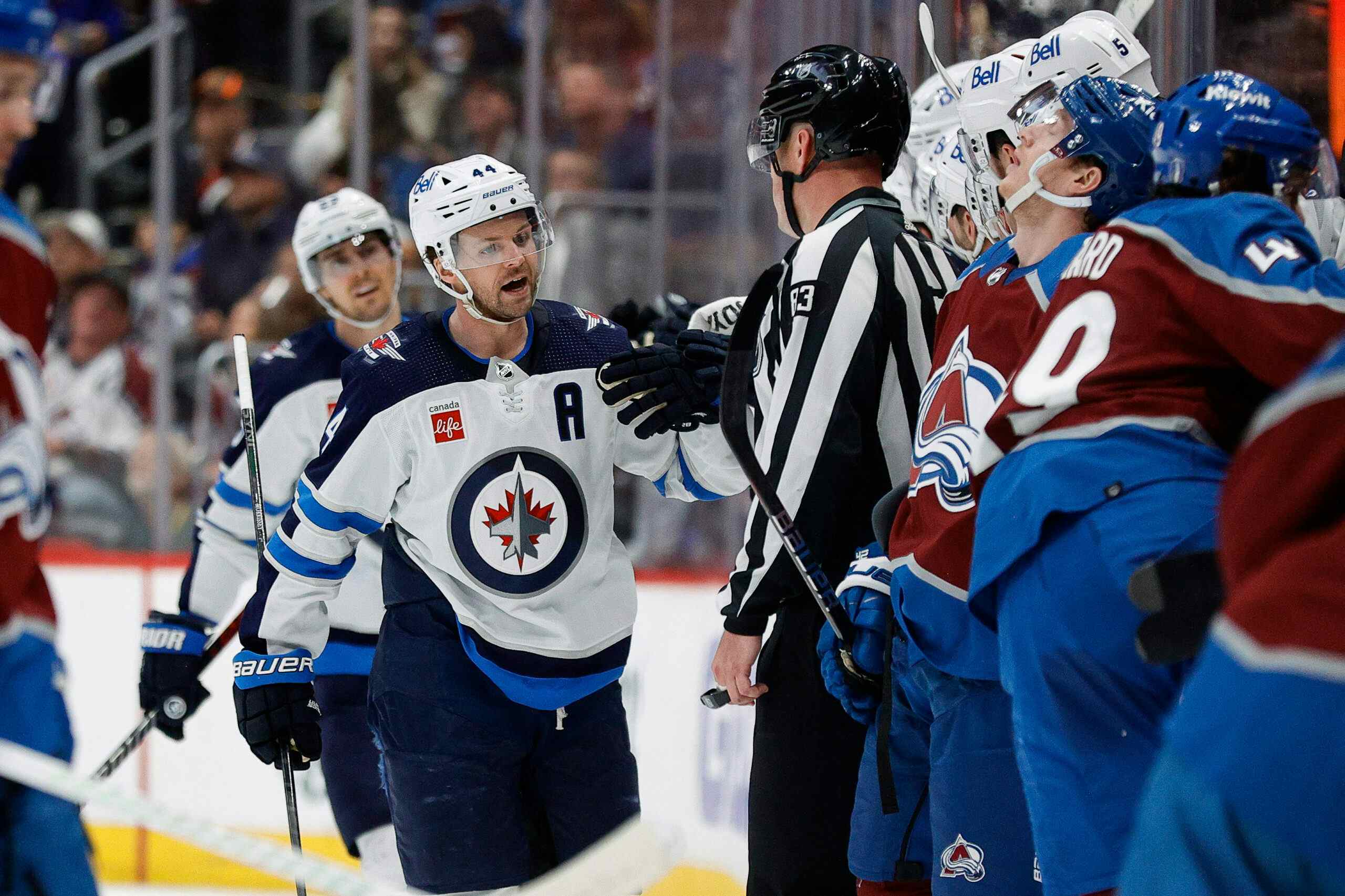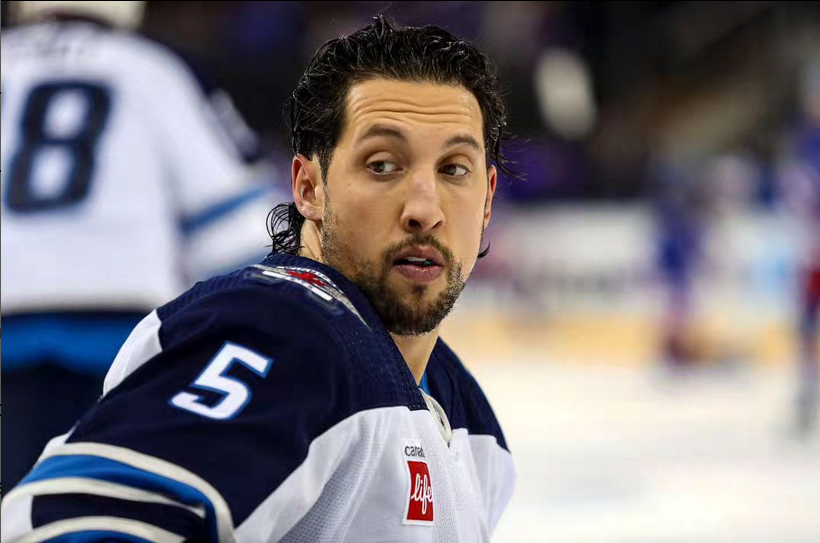The Visor Problem

By now we have all seen it. On Tuesday night, New York Ranger Marc Staal took a deflected clapper from Philadelphia Flyer Kimmo Timonen right in the eye resulting in a rather gruesome, a very scary injury. (See video below if you can stomach it)
It’s time something was done to end these senseless injuries, and I have an idea that just might work.
Late yesterday the Rangers tweeted out that the swelling around Marc’s eye has gone down and he is expected to make a full recovery. Before that though, it was anybody’s guess as to the extent of the damage. Let’s just say he probably got off very lucky.
Nonetheless, it has reopened a debate (that has really been hovering around the league for a few years now) regarding players in the NHL wearing visors. Players of almost every other league in North America must wear facial protection, from minor hockey to kids all the way up to the American Hockey League, yet the NHL has not taken the step towards making it mandatory for players to do so.
Something needs to be done.
Now before you start jumping all over me claiming this was a “freak accident”, let me provide you with some examples of players who have been significantly affected by such an injury:
Manny Malhotra:
Malhotra was stuck in the eye with a puck on March 16th of 2011 while with the Canucks and immediately underwent eye surgery in an attempt to save his vision. Although he returned for the Stanley Cup Finals that year and returned for the 2011-2012 season, head coach Alain Vigneault commented throughout the season that he wasn’t the same player he was before the injury. This year, in fear of Manny’s long term health, Canucks GM Mike Gillis has removed him from the team, and will not let him play a game for the Canucks again.
Chris Pronger:
Pronger took a stick to the eye on October 24th, 2011 that had him leaving the ice screaming in agony. He later suffered a concussion that season that seems to have ended his career. He was quoted on cbcsports.ca as saying that he lost a good portion of his peripheral vision due to that injury, and it took away what was a vital part of his game.
Ian Laperriere:
Laperriere, also of the Philadelphia Flyers, was hit just above the eye by a slap shot in the 2010 Eastern Conference quarterfinal against the Devils. That shot cause him to suffer a concussion along with nerve damage to his eye, which forced him to retire.
Now, I understand that visors are not going to stop everything. Yes, there is still a huge gap below the visor and yes, sticks can still get in there. But they are better than nothing. They provide some sort of barrier from sticks, pucks, broken sticks, skate blades, everything. I can also understand that hockey players, and many athletes, are creatures of habit. Making those who have played their entire careers without visors suddenly wear them, although good for their safety, isn’t fair. That being said, there is a point at which we need to protect players from themselves. In a league dominated by young men, looking good may take precedence over long term health and safety, and they are prone to make choices they may regret.
There is also a point at which owners and GM’s become concerned about the financial toll that may be taken due to some of these injuries. An injured player is still going to be paid by the team or see their insurance costs rise. Imagine if a player such as Evander Kane (who does wear a visor, but just to make my point) went down long term because he took a puck in the eye. Or if he wasn’t wearing a helmet in practice or warm-up, and had a Taylor Hall-esque experience? Or Shea Weber in Nashville, who doesn’t wear a visor? The team would still be 100% responsible for paying that players contract, which could seriously hamper their ability to go out and find a replacement until said player could return.
What about those teams that are close to the Salary Cap? According to CapGeek.com, a player placed on long-term injury reserve (LTIR) does not automatically allow for salary cap relief. The amount of relief available to a team is only that which would cover the dollar amount that the injured players contract would push the team over the cap.

What Can Be Done?
Now I am not going to claim to be a master of the CBA, nor am I going to say this is the best solution out there. I don’t think simply forcing players to wear and play with things they are not comfortable with is the solution, but I do think this could work.
Make the players financially responsible.
Simply put, if you decide to not protect yourself and get hurt, you are not getting paid. I know this is something that the players would probably never go for, but I’d consider myself an innovative thinker; so hear me out nonetheless. Players have all sorts of protective equipment available to them. (Visors, helmets, Kevlar socks, etc.) Should a player wearing all of this equipment suffer an eye injury, a cut due to a skate, a concussion, (practically any injury that this equipment is meant to protect from) then things progress as they do now. The player gets paid, the finances remain as they are, etc.
Should a player choose NOT to wear this equipment and an injury that could have been prevented by said equipment occur, the player doesn’t get paid. They are “off the books” in other words, until they return from that injury. Therefore, if a player isn’t wearing his helmet in warmup and gets his head stepped on, (Taylor Hall) the team does not have to pay his contract to him for the duration of time he is injured. His contract doesn’t count against the cap until he returns, thus opening up some cap space if the injury ends a season, and maybe the player learns better. If a player chooses to not wear a visor and takes a puck in the eye, same deal. Should a fighter choose to take off his helmet for a fight, and cracks his skull on the ice? Same thing.

I’m sure it’s not a perfect idea, and I understand that the NHLPA would probably never go for it. (Especially considering that a guy like Erik Karlsson wouldn’t be getting paid right now.) Yet I feel like it would be a strong incentive, and get more agents, family, and other players pushing NHL stars to start taking more precautions toward protecting themselves. It would give teams more financial flexibility for situations they otherwise can’t protect against, and heck, it might even curb some of those unnecessary staged fights from happening.
That’s my idea, and I would love to hear what you all think. Any additions you would make? More specifications? Hate the idea altogether? Sign up, login, and comment because I would love to hear what you have to say!
Recent articles from Travis Hrubeniuk





